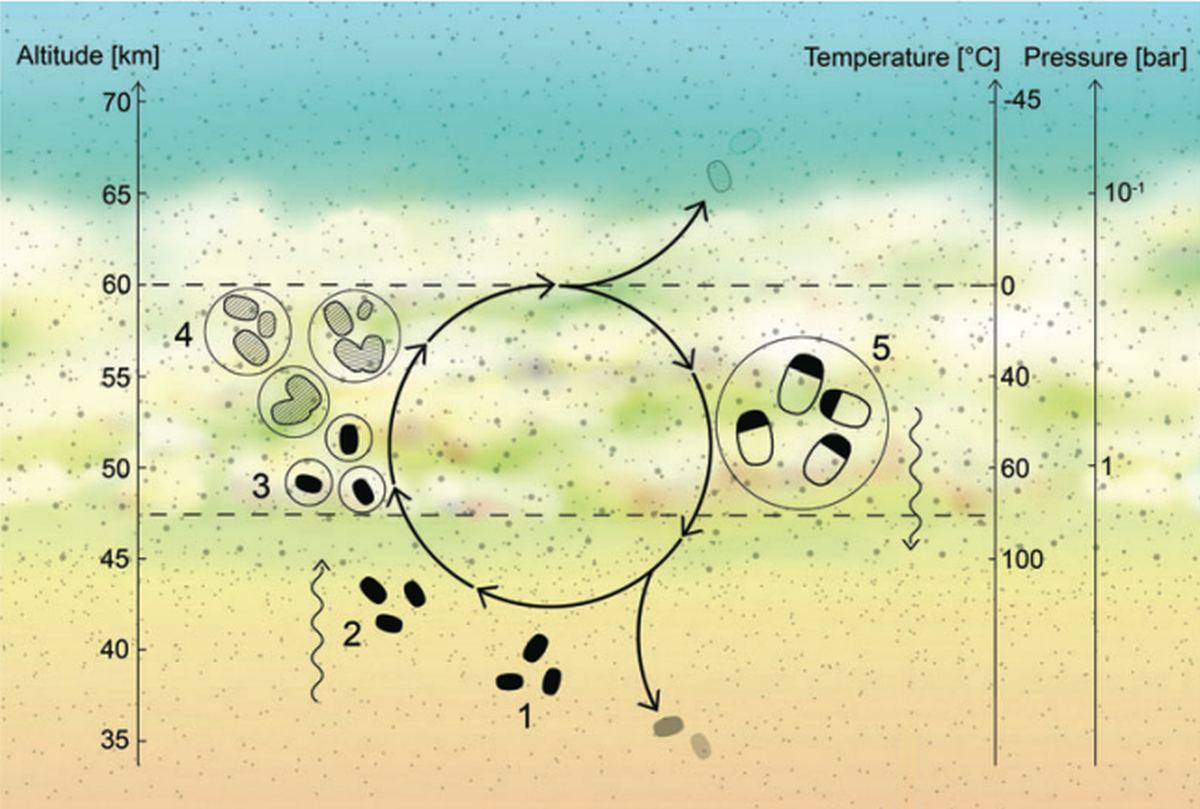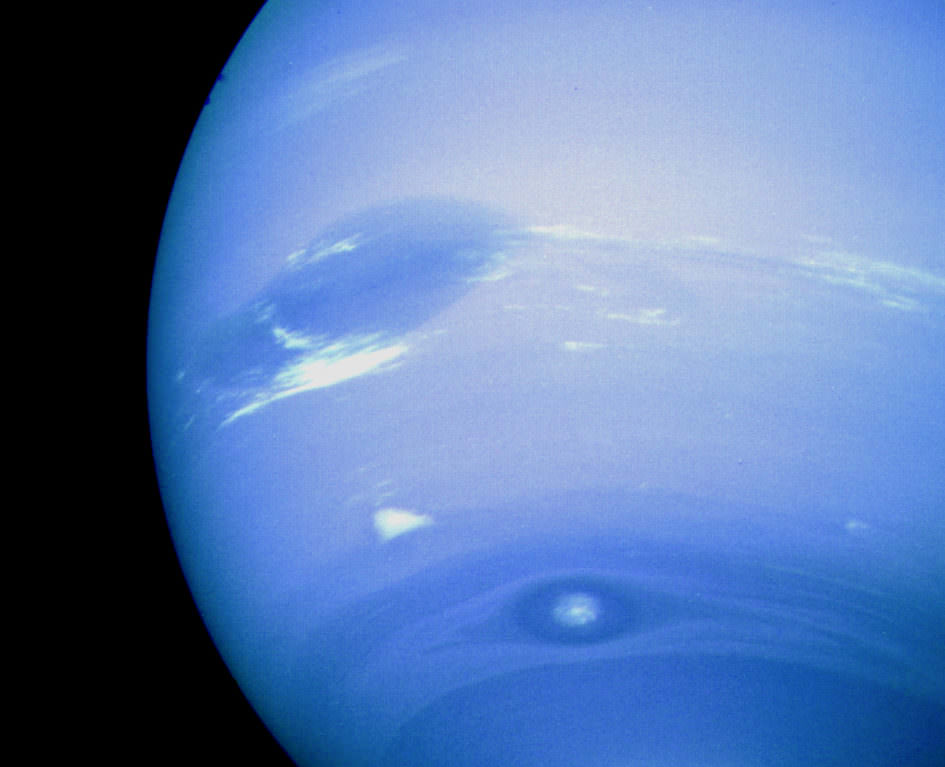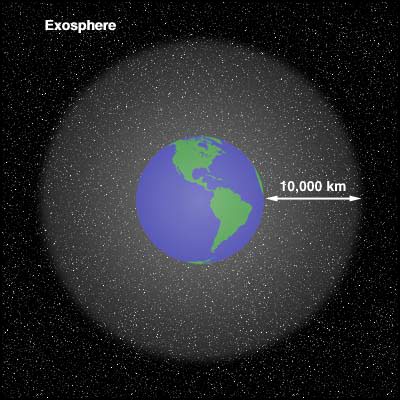[/caption]
Seen from space, the Earth’s atmosphere is incredibly thin, like a slight haze around the planet. But the atmosphere has several different layers that scientists have identified; from the thick atmosphere that we breathe to the tenuous exosphere that extends out thousands of kilometers from the Earth. Let’s take a look at the different atmosphere layers.
Scientists have identified 5 distinct layers of the atmosphere, starting with the thickest near the surface, and then thinning out until it eventually merges with space.
The troposphere is the first layer above the surface of the Earth, and it contains 75% of the Earth’s atmosphere, and 99% of its water. Breathe in, that’s the troposphere. The average depth of the troposphere is about 17 km high. It gets deeper in the tropical regions, up to 20 km, and then shallower near the Earth’s poles – down to 7 km thick. Temperature and pressure are at the their highest at sea level, and then decrease with altitude. The troposphere is also where we experience weather.
The next atmosphere layer is the stratosphere, extending above the troposphere to an altitude of 51 km. Unlike the troposphere, temperature actually increases with height. Commercial airlines will typically fly in the stratosphere because it’s very stable; above weather, and allows them to optimize burning jet fuel. You might be surprised to know that bacterial life survives in the stratosphere.
Above that is the mesosphere, which starts at about 50-85 km above the Earth’s surface and extends up to an altitude of 80-90 km. Temperatures decrease the higher you go in the mesosphere, reaching a low of -100 °C, depending on the latitude and season.
Next comes the thermosphere. This region starts around 90 km above the Earth and goes up to about 320 and 380 km. The International Space Station orbits within the thermosphere. This is the region of the atmosphere where ultraviolet radiation causes ionization, and we can see auroras. Temperatures in the thermosphere can actually reach 2,500 °C; however, it wouldn’t feel warm because the atmosphere is so thin.
The 5th and final layer of the Earth’s atmosphere is the exosphere. This starts above the thermosphere and extends out for hundreds and even thousands of kilometers. Air molecules in this region can travel for hundreds of kilometers without bouncing into another particle.
We have written many articles about the Earth’s atmosphere for Universe Today. Here’s an article about the composition of the Earth’s atmosphere, and here’s information about the Earth’s early atmosphere.
Here’s a great article from NASA that explains the different layers of the atmosphere, and here’s more information from NOAA.
We have done a whole episode of Astronomy Cast just about Earth. Listen to it here, Episode 51 – Earth.




